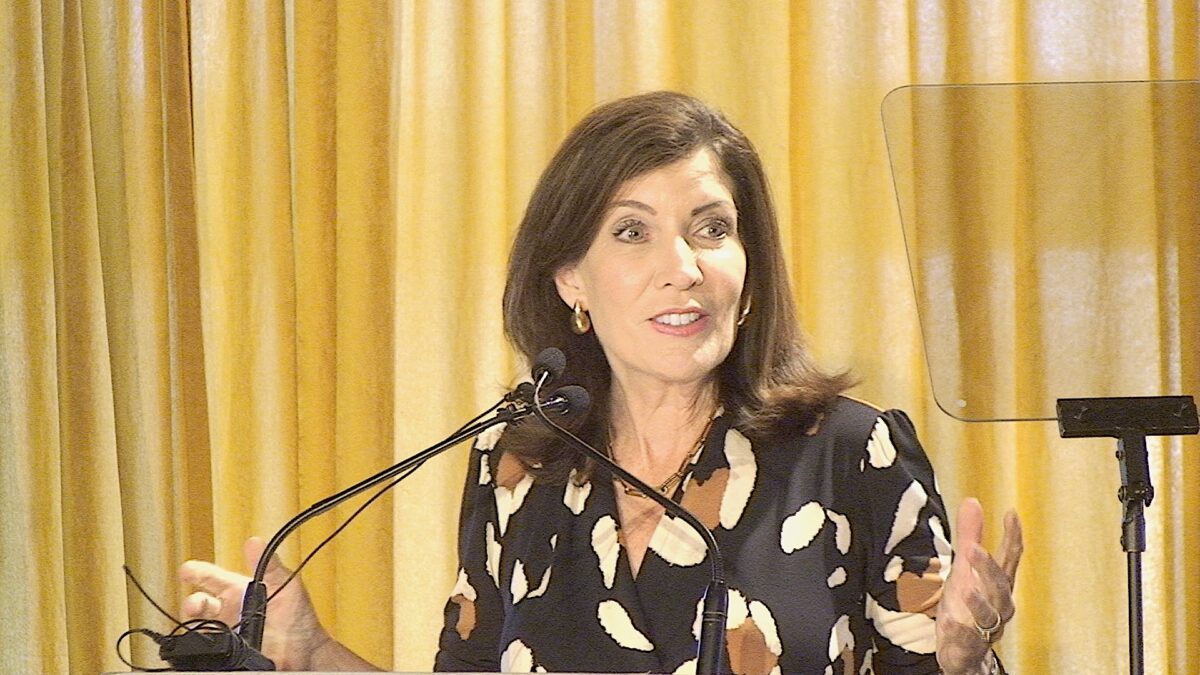One of our salespeople recently had four out of six deals fall apart. What concerns me most is she had put a very high close ratio ”“ 80 percent or better ”“ on all six. How can I help her get a more accurate picture of what”™s likely to happen?
Top thoughts: Salespeople often focus on what seems hot today, regardless of the real probability of closing. Getting prospects to close is not an event, but a process ”“ a series of steps that need to be taken in the right order. Building an accurate sales-forecast system will help both sales and management better understand and deal with the challenges they face.
An active prospect, saying what seems like the right things, can easily be misinterpreted as a sale that”™s ready to happen. Salespeople can be overly enthusiastic about what they”™re working on, and have blind spots about reality. Maybe the prospect was ready to close, maybe it wasn”™t. Either way, the forecast of 80 percent times six prospects means that four to five out of six should have closed. In this case, only two, or 33 percent, actually ended up closing. A big gap.
Who cares? Management and the salesperson should both care. Management needs actionable, accurate information with which to plan. Salespeople need to know what they can count on to close and where they”™re getting tripped up.
It would help both management and the salesperson to look at the steps a prospect goes through. Classic sales stages include information gathering, agreeing on needs, negotiating price, confirming solutions via a proposal and negotiating a contract. Have a couple of brainstorming sessions to figure out the typical path a prospect follows. Build a checklist to use for each sales stage, to verify that everything appropriate to that stage gets covered and checked off.
Think of the sales funnel as a weeding process. As prospects move from one stage to the next, the goal is to focus on those prospects most likely to close, eliminate those that are unlikely to close, and set up a nurturing process for those that could close but aren”™t ready.
Assign probabilities to each sales stage, based on historical averages. For instance, if typically two out 10 prospects that complete stage one end up closing, put a 20 percent close ratio on all prospects at the end of stage one. If the chances increase to four out of 10 closing when the prospect completes stage two, assign a 40 percent close ratio at the end of stage two. And so on.
Salespeople will get a lot of benefit out of learning to forecast accurately. No good salesperson wants to miss out on exceeding quota and cashing commission checks. Help them build a fact-based way to assess where they stand.
When management and salespeople can agree the sales forecast is accurate, trust goes up. Confidence increases when both are on the same page. And management can proceed with decisions based on knowing where the company”™s growth is coming from and what else, if anything, needs to be done in order to plan for the month, quarter or year.
Looking for a good book? Try “Quotas & Compensation: Pinpoint Sales Management Skill Development Training Series,” by Timothy F. Bednarz.
Andi Gray is president of Strategy Leaders Inc., www.StrategyLeaders.com, a business consulting firm that specializes in helping entrepreneurial firms grow. She can be reached by phone at 877-238-3535. Do you have a question for Andi? Please send it to her, via e-mail at AskAndi@StrategyLeaders.com or by mail to Andi Gray, Strategy Leaders Inc., 5 Crossways, Chappaqua, NY 10514. Visit www.AskAndi.com for archived Ask Andi articles.


















